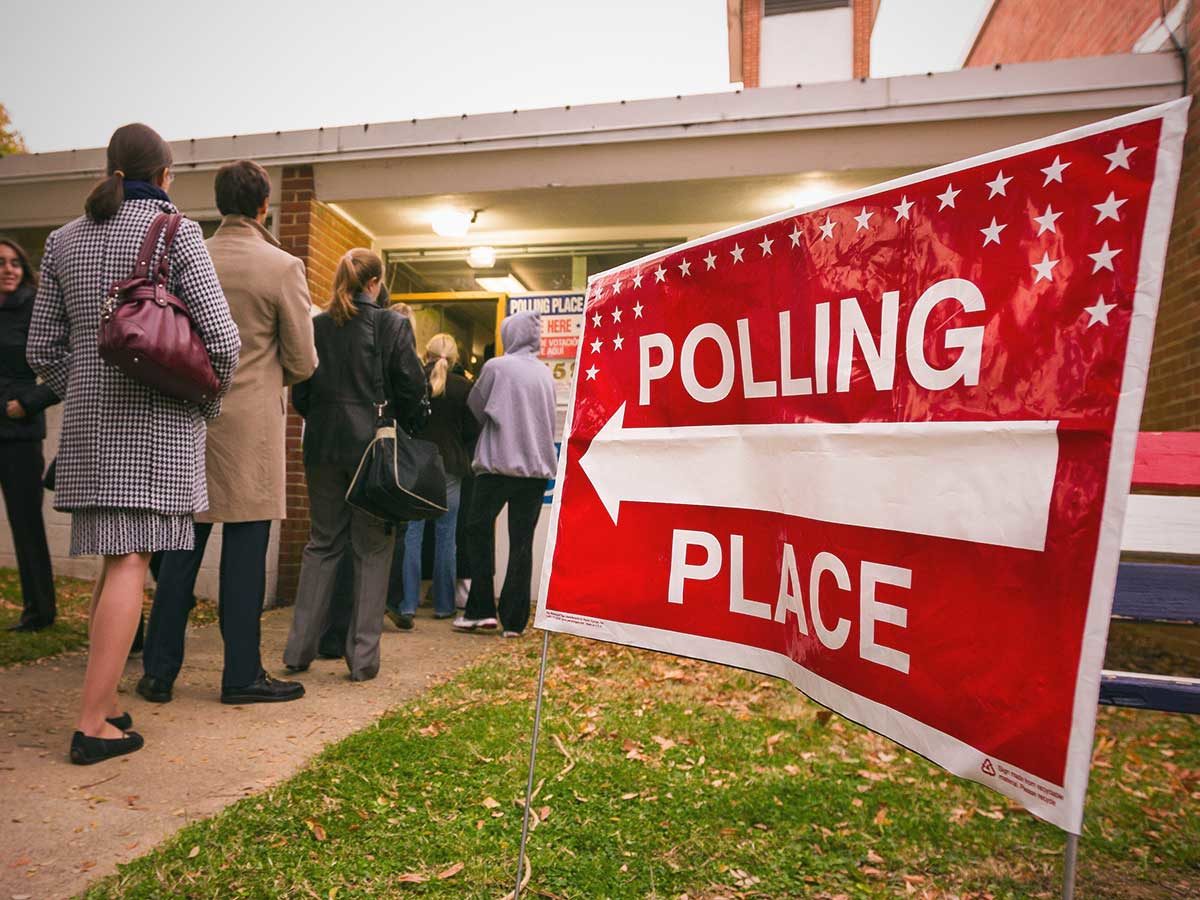

In one of the most-watched races of the 2019 election cycle – the Kentucky gubernatorial race – the accuracy of polling is, again, part of the news. Part of the debate is that traditional polls provide limited insight into voters because they focus almost entirely on stated behavior and demographic characteristics. But we know from behavioral science that less conscious factors play an important role in all decision making, even in the voting booth. By relying on stated attitudes and demographic characteristics, polls are vulnerable to all sorts of missteps.
So why, then, do political strategists and pundits continue to rely almost exclusively on traditional polls? At LRW, we believe we can apply our brand research methods to the political realm for better predictive models and for a better understanding of voter behavior.
To understand how people behave at the polls, we first need to understand who they are. At LRW’s Pragmatic Brain Science Institute®, we help brands understand consumers by going beyond the groups to which they belong, and towards understanding how groups are part of individuals’ identities. Identity refers to a person’s sense of self and who they are, shaped by values, goals, preferences, and social connections. Identity provides meaning and structure to life, a sense of connection to others, and a way to signal to the world who they are or wish to be.
Think of all the people who identify as runners and the lengths they go to maintain and display that identity. If running is part of a person’s identity, they’re more likely to find a way to run even when circumstances are not ideal. Since running is part of who they are, they’ll show up at a race to show their support even if they are injured. The same idea can be applied to voters; identification with a political party, a candidate, or an ideology has a profound impact on what people do. A person who has strong identity with a candidate, who sees the candidate as an extension of themselves and their values, is much more likely to actually go out and vote for the candidate than someone who simply likes the candidate.
One important factor that determines identity is the extent to which it fulfills fundamental human needs. Psychologists, philosophers, and other intellectuals offer a number of theories and frameworks about essential human motivations. Our framework, which we call B.A.S.E., refers to people’s desire to satisfy needs related to Belonging, Appeal, Security and Exploration. Though all these needs are important, people vary in how they prioritize them. Our research has uncovered five types of people based on the relative importance they place on Belonging, Appeal, Security and Exploration. We’ve shown that brand preferences are significantly influenced by the way individual consumers prioritize these needs. We believe they also influence how much people are drawn to political parties.
To examine the impact of identity and fundamental human needs in the voting booth, LRW conducted an online survey in the days leading up to the November 5 2019 gubernatorial election. We collected data from 508 Kentucky residents over the age of 18 between October 23 and November 2. We included some standard polling measures (e.g. whether they were likely to vote, party affiliation, candidate preference). Finally, we included some of our psychologically based measures, including identification with political parties, identification with candidates, classification based on fundamental needs, and perceptions of the candidates at a gut level. [i]
As of November 7 (with a potential recount pending), Democratic candidate Andy Beshear won by approximately 5000 votes, or 0.5 percentage points, over Republican incumbent Matt Bevin. Our data correctly predicted that Beshear would be the winner.
Beyond predicting the winner in a race that pundits considered a toss-up, we extracted some key insights to help us better understand the outcome. Among the key takeaways from our research:
As we launch into primary season we’ll be testing and refining our methods. We’re encouraged by these initial findings and we will explore more ways we can go beyond standard demographics to understand what really lies at the core of voter motivations. In the meantime, campaign strategists should consider a very consequential question: does behavioral science offer a better window into voter motivations than traditional polling? And more importantly, how can these insights be applied to shape candidate “brands” and better “market” those brands to voters?
[i] We call our measure of identification, Implicit Identity Mapping. Respondents see two circles, one that represents themselves and the other represents the candidate. They are asked to move the circles to reflect their relationship with the candidate. The circles can be moved so that they are far apart to completely overlapping.
Gut level perceptions of the candidate were measured using a task called Rapid Choice. Respondents had to quickly say whether the word on the screen described the candidate. Scoring of the response is based on the type of response (i.e. yes or no) and the speed of the response.
You must be logged in to post a comment.